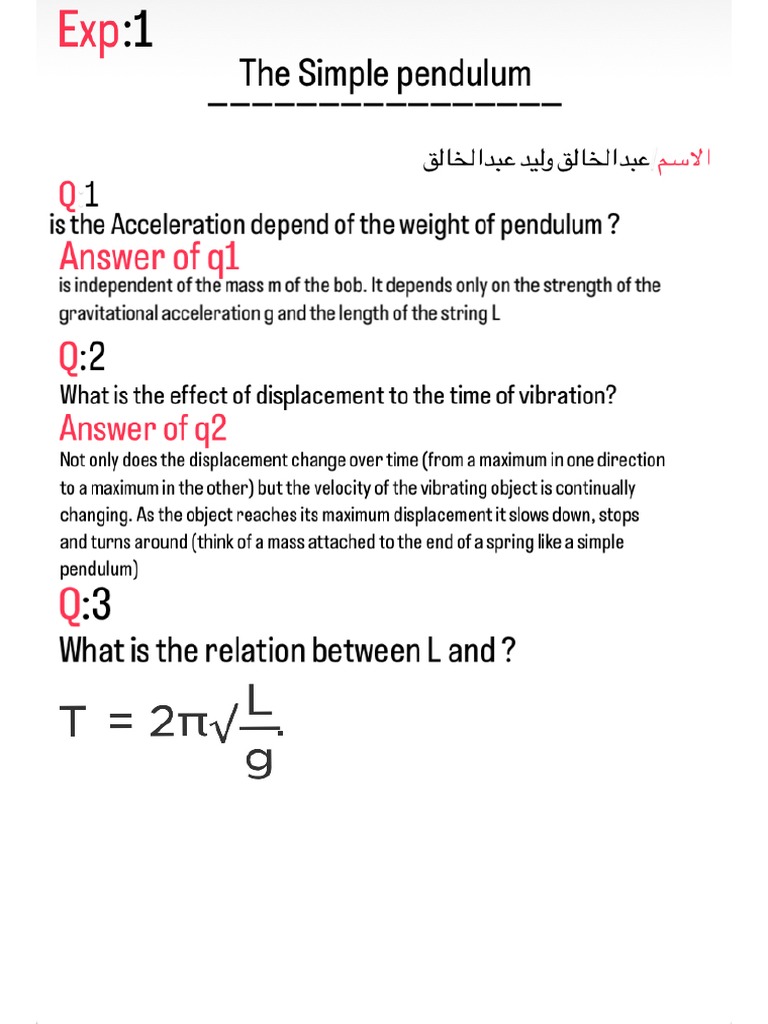Studying medical physics is akin to embarking on an intricate journey through a labyrinthine landscape of knowledge. Much like navigating a sprawling maze, one is continually presented with enigmatic turnings, each leading to a deeper understanding of the intersection between medicine and the underlying principles of physics. This academic discipline is highly appealing, particularly because it carries the promise of not only intellectual gratification but also a tangible impact on healthcare outcomes.
The allure of medical physics stems from its multifaceted nature. At its core, this field amalgamates rigorous scientific principles with practical applications in medicine and healthcare technology. The complexity of the subject can be daunting, yet this very complexity fuels a captivating exploration of how physical phenomena underpin medical diagnostics and treatment modalities. For aspiring students, this voyage demands both tenacity and an insatiable curiosity, as they traverse the terrain of radiation therapy, medical imaging, and the associated ethical considerations.
To embark on this intellectual odyssey, one must grapple first with the foundational concepts of physics. A strong grasp of classical mechanics, electromagnetism, and thermodynamics forms the bedrock upon which more specialized knowledge is constructed. These principles serve as the compass that guides students through the intricate pathways of medical applications, enabling them to decipher how diagnostic imaging modalities, such as X-rays or MRI, translate complex physics into tangible medical insights.
As students delve deeper into the realm of medical physics, they are introduced to sophisticated technologies that embody the marriage of physics and medicine. For instance, the elegance of computed tomography (CT) scans can be likened to an artist’s precise brush strokes, each slice revealing intricate details of anatomical structures. Recognizing the underlying physics of these technologies necessitates an analytical mindset, where one must decode the interplay of radiation characteristics, tissue densities, and the subtleties of instrumentation.
The path to mastering these concepts is rarely linear. Medical physics courses often present students with a myriad of challenges, including problem-solving exercises, laboratory work, and case studies that require a fusion of theoretical knowledge with practical application. Herein lies the duality of ease and difficulty; students find themselves in an environment that cultivates their ability to apply fundamental principles while encouraging them to adapt to real-world complexities, resulting in a rich tapestry of learning experiences.
Furthermore, the burgeoning role of technology in medical physics adds another layer of intrigue to the study. The rapid evolution of tools such as advanced imaging systems and radiation treatment devices compels students to remain vigilant in their learning. To thrive in this environment, future medical physicists must harness a blend of traditional study methods and contemporary digital resources, whether it be engaging with computer simulations of radiation doses or immersing themselves in virtual lab experiences. This adaptability invites a transformative approach to learning, making it as dynamic as the technology itself.
In addition to technical knowledge, the field of medical physics imbues students with a profound ethical understanding of their impact on patient care. Decisions made by medical physicists can influence patient outcomes substantively, entwining the science of physics with the art of empathetic practice. This dimension of study entails a commitment to the Hippocratic principles, urging students to consider the ramifications of their work and fostering a culture of responsibility in the clinical environment.
While the challenges inherent in studying medical physics may pose significant hurdles, the rewards are equally pronounced. A successful journey through this field often culminates in a career characterized by purpose and societal contribution. The ability to innovate within clinical settings and improve patient care through the application of physics offers a unique sense of fulfillment. It becomes clear that, amid the rigorous demands of the coursework, there lies an intangible sense of responsibility: a calling to bridge the gap between technology and compassionate healthcare.
Networking opportunities and mentorship within the field also play a critical role in the educational experience. Connecting with seasoned professionals can illuminate the complexities obscure to novices, providing invaluable insights into both the academic and clinical dimensions of medical physics. These relationships provide a vital support system, fostering a sense of community that can facilitate career advancement and collaborative research endeavors.
Ultimately, the question of how easy it is to study medical physics does not yield a simple answer. The journey is undoubtedly demanding; students are required to summon both resilience and resourcefulness to navigate the complexities of the subject matter. However, the intellectual rigor and ethical responsibility that characterize the field yield a lifetime of opportunities to make a difference. The studies culminate in the unfolding of new horizons within the healthcare community, positioning medical physicists at the forefront of technological advancements and patient-centric solutions.
In conclusion, while the path through medical physics can be fraught with obstacles, its intrinsic rewards—both personal and professional—are profound. For those with an analytical mind and a passion for impact, the allure of this discipline is undeniable. It beckons the inquisitive, promising the satisfaction of solving intricate puzzles that ultimately contribute to the betterment of humanity.












